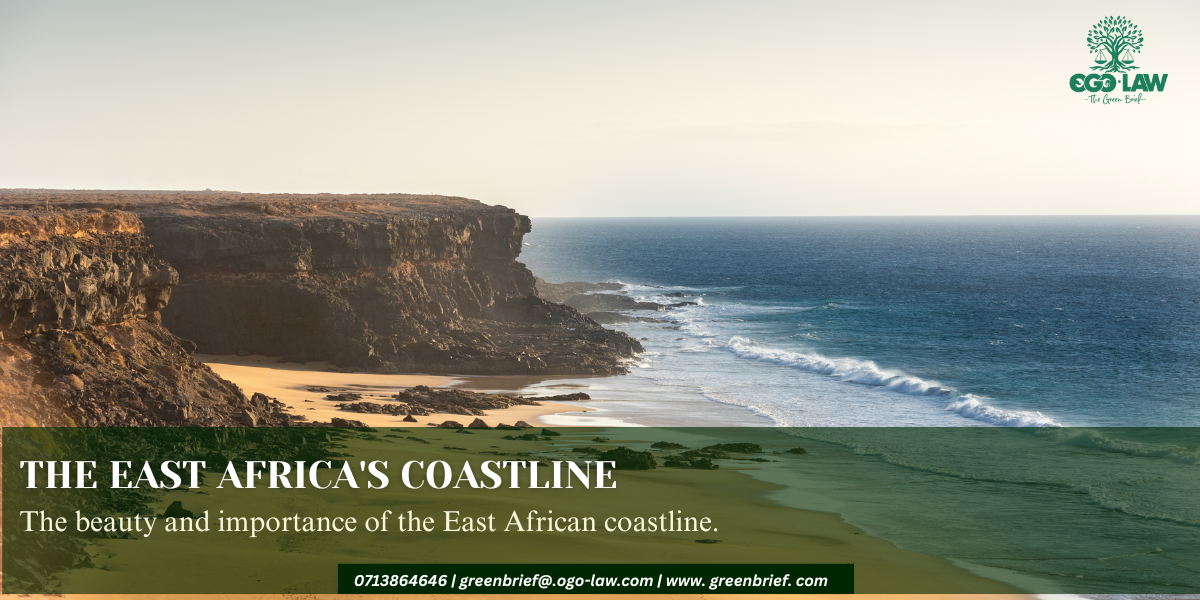When we look at a map of Africa’s eastern coast, we see more than just a line where land meets sea. We see a rich tapestry of bays, inlets, and estuaries. Natural features that have shaped history, trade, and culture for centuries. These are the natural harbors, and they are one of East Africa’s greatest geographical treasures. Unlike artificial ports that require extensive dredging and construction, these harbors are “ready-made” by nature, offering deep, sheltered waters where ships can anchor safely from the open ocean’s waves and currents.
These natural havens are a game-changer for commerce. Their deep waters allow large ships to dock, load, and unload their cargo without the risk of running aground. This makes them ideal locations for busy ports, which act as vital gateways for a country’s imports and exports. In a world increasingly driven by global trade, having a port that can handle large container ships is a massive economic advantage. Without these natural formations, the cost and effort of creating and maintaining a functional port would be astronomical.
In East Africa, the significance of these natural harbors is best seen in places like Mombasa, Kenya. The Port of Mombasa, built on a natural harbor, is the region’s largest and busiest port. Its deep-water access has made it a crucial hub for not just Kenya, but also landlocked countries like Uganda, Rwanda, and the Democratic Republic of Congo. It’s a lifeline for trade, connecting East and Central Africa to the rest of the world. Further south, the port of Dar es Salaam in Tanzania similarly thrives on a natural harbor, serving as a primary maritime gateway for the country and its neighbors.
The existence of these natural harbors is a testament to the fact that geography can be a powerful driver of prosperity. They are the reason why these coastal cities grew into the major economic centers they are today. While modern engineering can create ports anywhere, there’s no substitute for the efficiency and safety provided by these magnificent natural formations. Their existence is a gift from nature, and a key reason why East Africa’s coastline continues to be a bustling hub of global trade and cultural exchange.





